After weeks of testing, I learned that the Olympus 60mm Macro f/2.8 Lensis a surprisingly versatile lens. Yes, it is excellent for 1:1 macro photography. But I've also been reaching for it to shoot sporting events and portrait assignments. And in all of these conditions, the 60mm performed exceedingly well.
For a closer look at any of these images, click on them for an enlarged view. This will allow you to examine the details of the photos more closely. All pictures by Derrick Story.
Getting Close
On the side of the lens barrel is a four-position switch that allows you to set the focusing range for the type of work you're doing. The lens will focus closely regardless of where you have the switch set, but it will do so faster if you have it set for the range you plan on working.
For super close 1:1 photography, move the switch to the 1:1 position. It won't stay there; it's a spring switch that prepares the lens for this distance. After you focus, you can see the actual magnification you're using via the scale on the top of the lens barrel. It's easy to use and only took me a few minutes to get the hang of it.
Because the Olympus OM-D E-M5has excellent 5-axis image stabilization built in to the body. I was able to hand-hold these flower shots, even at high magnification. The 60mm does not have built-in image stabilization. It relies on the IS in every Olympus micro four thirds body.
Portraits
As much as I like close-up photography, I love shooting portraits. And the Olympus 60mm is my new favorite lens for this work.
For this shot of Lovely LadyJ, I used the 60mm in the studio, shooting wide open at f/2.8. The images were extremely sharp. I didn't retouch this shot so you could see how the the model is rendered with the lens wide open. You can always soften an image in post, but you can't add detail that wasn't originally recorded. This lens gives you everything you need at capture. You take it from there.
As a side note, we shot a series in the rain too. Lovely LadyJ asked me if I was worried about using the camera under those conditions (as she looked at it covered in rain drops). Both the 60mm and the OM-D body are weather sealed. The rain did not bother either at all.
Sports
Covering basketball was a good test for the autofocusing capability of the 60mm lens. For this series of shots, I set the focusing limiter switch to 0.4m - Infinity. I was pleasantly surprised by the focusing speed and accuracy of the lens on the OM-D body. So much so, that I began reaching for it repeatedly for indoor sports assignments.
On the down side, maximum aperture is f/2.8 (compared to f/1.8 for my 45mm Olympus prime). But the extra reach was noticeable in the viewfinder. So I increased the ISO from my normal 1600 to 3200 when shooting with this lens. This shot was captured at f/2.8, 1/200th, in JPEG mode, in a fairly dark gym.
Final Thoughts
I rarely shot with this lens at the "default" 0.19m - Infinity setting that is highlighted in silver on the side of the barrel. I was either working close at 0.19m - 0.4m, or shooting portraits and sports at the 0.4m - Infinity setting. By working this way, I enjoyed fast autofocusing throughout the shoot. If you want to focus manually, the wide, well-dampened focusing ring is a joy to operate. In fact, it works so well in combination with the electronic viewfinder on the OM-D, that it's actually pleasurable to turn off the autofocus and work manually. I love lenses that give me this option.
At $499,the Olympus 60mm f/2.8 lens is a good value. Its quiet, precise operation makes it highly suitable for a variety of assignments, including macro, sports, portraits, and movie making. It is now an absolute "must have" lens for my OM-D kit.
Take a look at the Olympus Micro Four Thirds Gear Guide for an overview of cameras, lenses, and accessories.
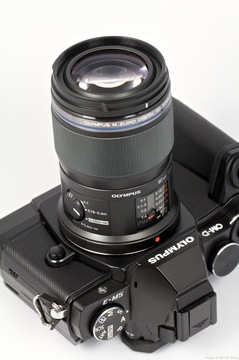
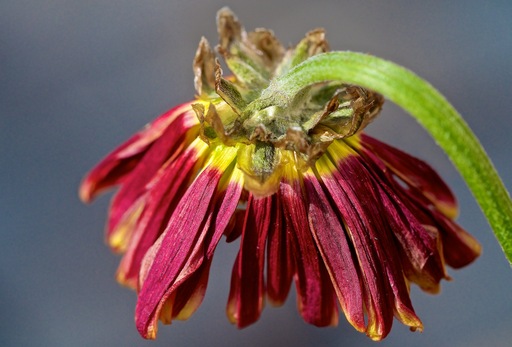
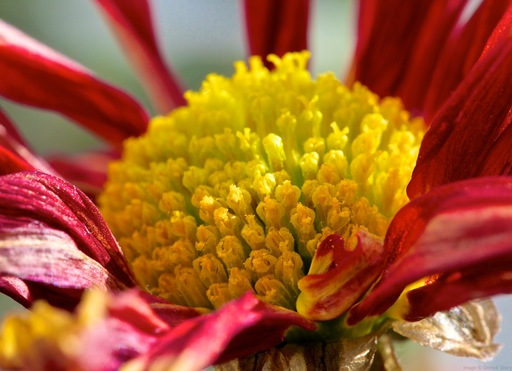
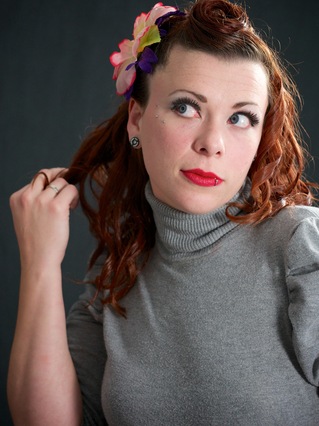
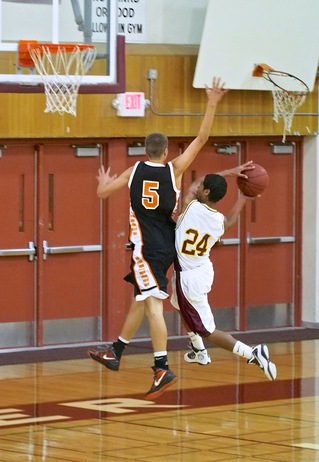












Thanks for sharing Derrick. Lots to choose from in lenses for the OM-D. I don't know which I want first!
The 25mm f1.4 is a very good first lens, for me the next are 60mm macro and 35-100mm f2.8